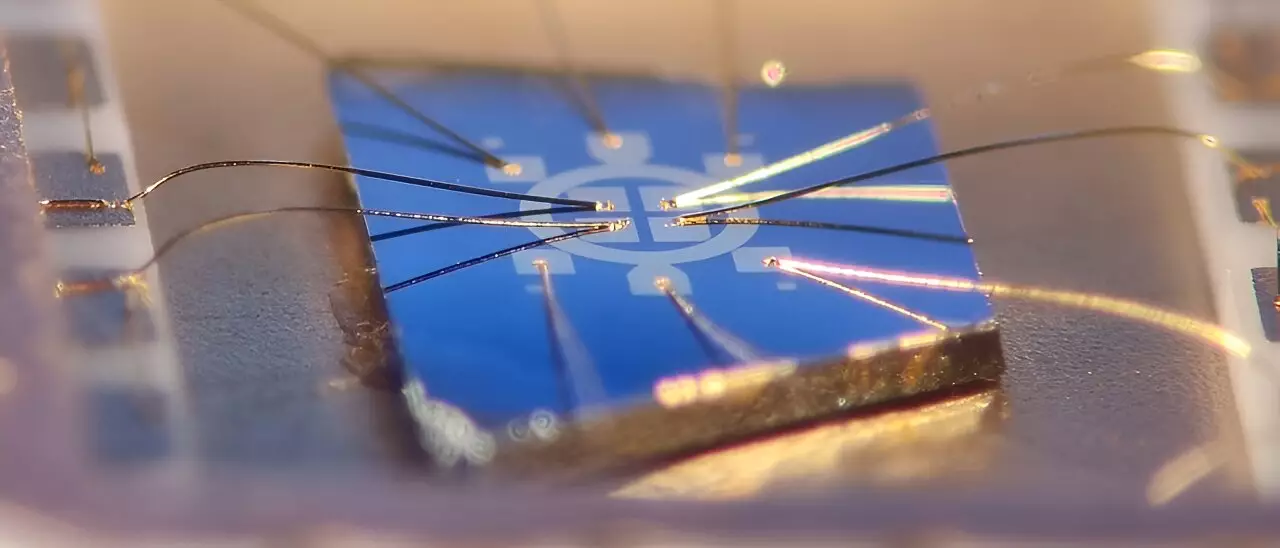The field of metrology has seen a groundbreaking advancement thanks to the innovative research conducted by the physicists at the University of Würzburg. The development of a new method utilizing the Quantum Anomalous Hall effect has the potential to significantly enhance the performance of quantum resistance standards. This breakthrough has far-reaching implications in various industries, particularly in industrial production and electronics where precise measurements of electrical resistance are crucial for the functioning of complex systems.
The Quantum Anomalous Hall effect, a quantum phenomenon, allows for the quantization of resistance without the need for an external magnetic field. This unique property simplifies resistance measurements and opens up new possibilities for defining physical quantities such as the kilogram. Professor Charles Gould explains that the absence of an external magnetic field enables the accurate measurement of voltage in conjunction with electrical resistance, which is essential for metrological purposes. The utilization of the QAHE at zero magnetic field presents a significant advantage over traditional methods.
While the QAHE has shown promise in providing an ideal standard resistor, its practical application has been limited by the disruption of the effect at higher currents due to an electric field. The researchers at the University of Würzburg have devised a solution to this problem by employing a multi-terminal Corbino device to neutralize the electric field. This innovative approach ensures that the resistance remains quantized at larger currents, making the QAHE-based resistance standard more robust and reliable for metrological applications.
The feasibility study conducted by the Würzburg physicists has demonstrated the efficacy of the new measurement method at the precision level required for basic DC techniques. The next phase of their research involves testing the method with more precise metrological tools in collaboration with the Physikalisch-Technische Bundesanstalt (PTB), the German National Metrology Institute. The researchers are optimistic about the scalability of this method beyond the QAHE, hinting at its potential to revolutionize metrological practices across various fields.
The development of a method based on the Quantum Anomalous Hall effect represents a significant stride in advancing quantum resistance standards. The implications of this breakthrough extend beyond the realm of academia, with real-world applications in industries that rely on precise electrical resistance measurements. The collaboration between research institutions and metrological organizations holds the promise of further optimizing this method and establishing it as a staple in modern metrology.


Leave a Reply